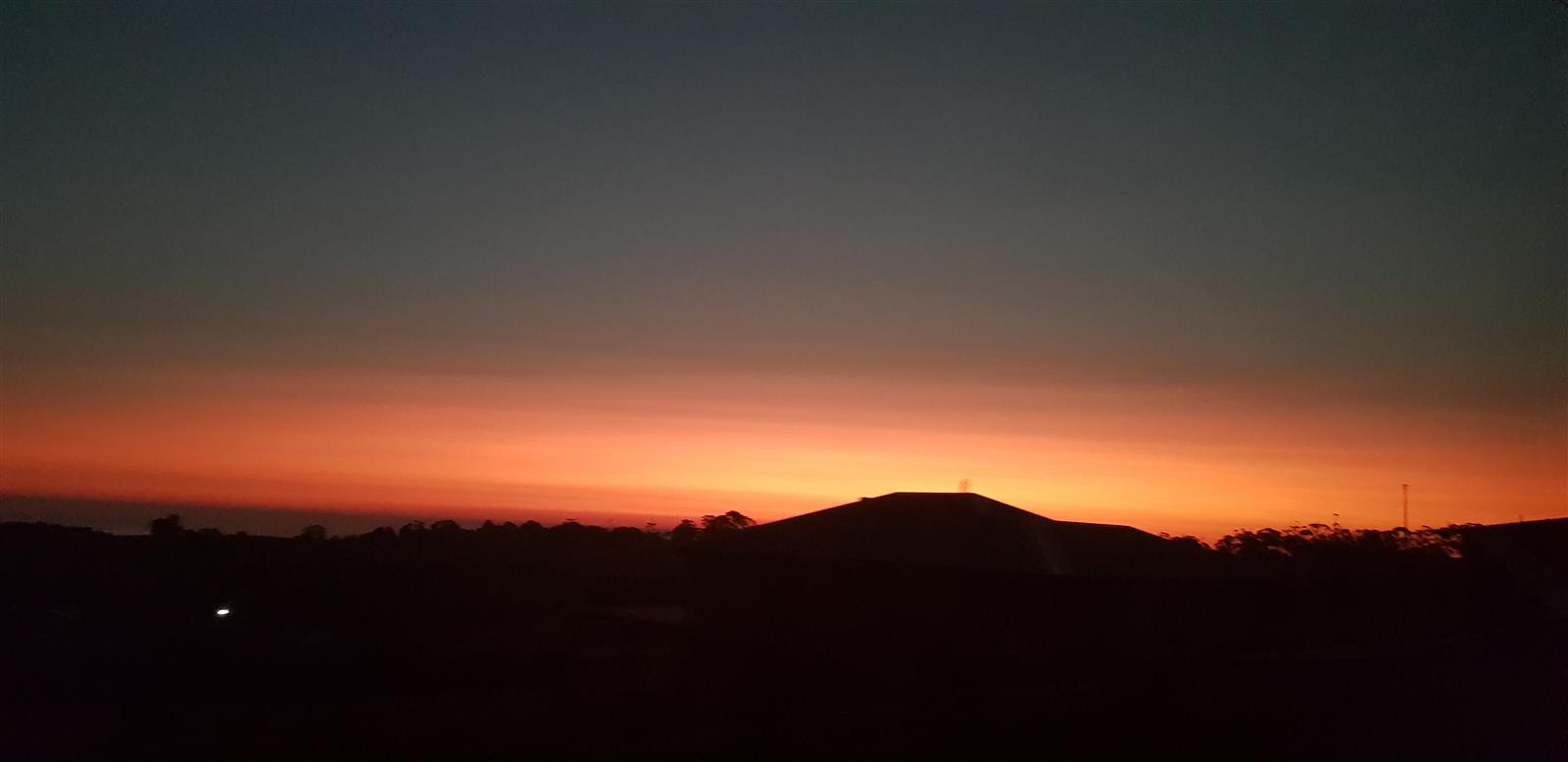
Lakes Entrance Fire Brigade is a multiskilled urban brigade that responds to a vast range of incidents, from high-angle rescue with VICSES and marine response with Coast Guard, to road crash rescue and hazmat response.
When it comes to major events like the Black Summer fires, the brigade has another aspect that makes it stand out from other brigades.
Brigade stalwart and former Captain Bob Richardson has for many years played an important support role for the large brigade, coordinating members deployed at extended fire events from the station’s radio room, handling logistics, and looking after members and their families. Bob arranges crews so they are appropriately balanced in roles and experience, rests them, and arranges meals and the right gear for them.
“I keep tabs on where everyone is and keep their families up to date throughout the day. It’s amazing how much effort it takes to do that,” says Bob. “Members who go out in the morning and who are expected back at 6pm might end up coming home the next day. Their families wonder what’s happened to them and hear all sorts of tales and stories.”
Nance Weidemann, whose husband Steve is in the brigade, says: “A phone call from Bob has always been reassuring and informative. You know what’s going on.”
Bob, a volunteer firefighter for 56 years, created this support role when he joined ‘Lakes’ more than 40 years ago. Captain for over 20 years, he has always ensured that somebody else did the job if he was on the fireground. (He is still operational for turnouts but at 80 years of age no longer fights bushfires.) “Bob is unique,” says current brigade Captain Phil Loukes. “We made him brigade Chairperson, he’s held in such high regard.”
During the Black Summer fires, the station quickly became a focal point in Lakes Entrance, with crews coming in and out, catching up on meals and getting gear, as well as members of the public visiting to get updates. Some community members brought gifts to show their appreciation for the firefighters’ efforts. Local children made a lolly board, while a café owner sent in scones and coffees. After the fires, donated funds poured in, enough to buy a specialised high-angle rescue support vehicle. “The public support was terrific,” says Bob.
During the fires, Bob was joined in his support role by 20-year-old firefighter Ryan Fordham, who provided logistical support during the busier times. Ryan initially responded to the fires in an operational capacity, joining Lakes Entrance brigade on their first call-out on 21 November 2019, when lightning strikes started fires across the region.
“That first night was when the fire took its first major run and jumped the Great Alpine Road,” explains Ryan. “A lot of the fire behaviour didn’t make sense. That major run was in the middle of the night, which is almost unheard of. That’s when the temperature is typically down, the humidity up and the winds are not usually strong. But it was 38 degrees and the winds were gale-force. The fuel load was so high. There was a point where it didn’t matter where the wind was coming from or the speed it was going – the fire was uncontrollable.” Ryan adds: “It was unreal. For me that was the real stand-out for those fires.”
Bob agrees: “It was quite frightening because it wasn’t just a little fire. The whole horizon had a bright orange glow. That affected the public a lot too.”
Ryan joined a local strike team deployed to assist DELWP with containment operations, before turning out to Tambo Crossing and Ensay. Unfortunately, he became ill just after New Year’s Eve and had to return to non-operational duties. It was then that he took on a support role for the brigade working with Bob, delivering gear to members, for example, and acting as a community liaison.
“During the worst part, after Mallacoota,” says Ryan, “a lot of holidaymakers asked, ‘What should we do?’ There’s one road in, one road out. There were fires to the north-west and to the north-east. The message to them was the official warning: ‘If you don’t live here or don’t need to be here, leave now because there’s a potential impact to Lakes Entrance’.”
Fire edged to within 5–10 kilometres of the coastal town. “The peak day happened when all the fires merged into one a couple of days before New Year,” says Ryan. “It spotted into Colquhoun State Forest, which sits north of the whole township of Lakes Entrance. Thankfully, the aircraft were able to knock it on its head.”
Ryan also took on a support role in helping other brigades directly affected by the fires. He pitched in with Johnsonville brigade when their crew needed a break. Lakes Entrance also sent a crew to the badly affected township of Wairewa to help with fencing. “It was good to see some of the younger, inexperienced members step up to the plate when the experienced ones were out,” says Ryan.
Ryan was voted in as Fifth Lieutenant at Lakes Entrance after the fires, with a new role created for him covering emergency equipment for the brigade.
Brigade members involved: 18
Range of experience: from 20 to 76 years
Supporting roles: running meals to the fireground; ferrying critical/specialist equipment; supply runs to Buchan immediately after the fire; members assisting with liaison/property inspection after impact, including searching for unaccounted people, and assisting at Divisional Command in Johnsonville
Areas: Sarsfield, Bruthen, Nowa Nowa, Mallacoota, Orbost, Wairewa, beyond Gelantipy; supported NSW teams
Campaign duration: October 2019 to March 2020
Bob's story is one of many of the 2019-20 fires profiled in the new book, Our Black Summer. The entire book can be read online on the CFA website.